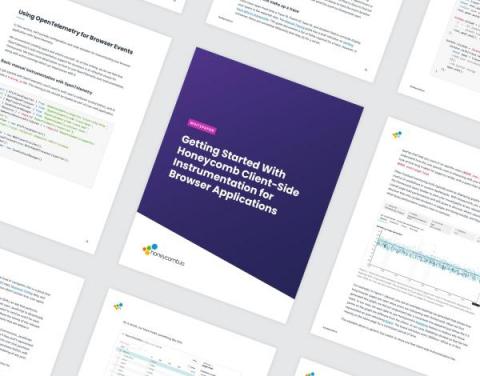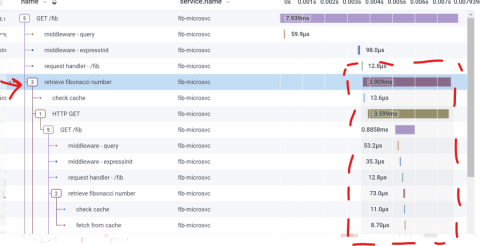The power of asking questions
I always tell people "Observability is not logs, metrics, and traces! Observability is empowering your team to ask questions." That's very aspirational and sounds good, but it's not at all clear. I now have a self-contained story that perfectly explains it!











